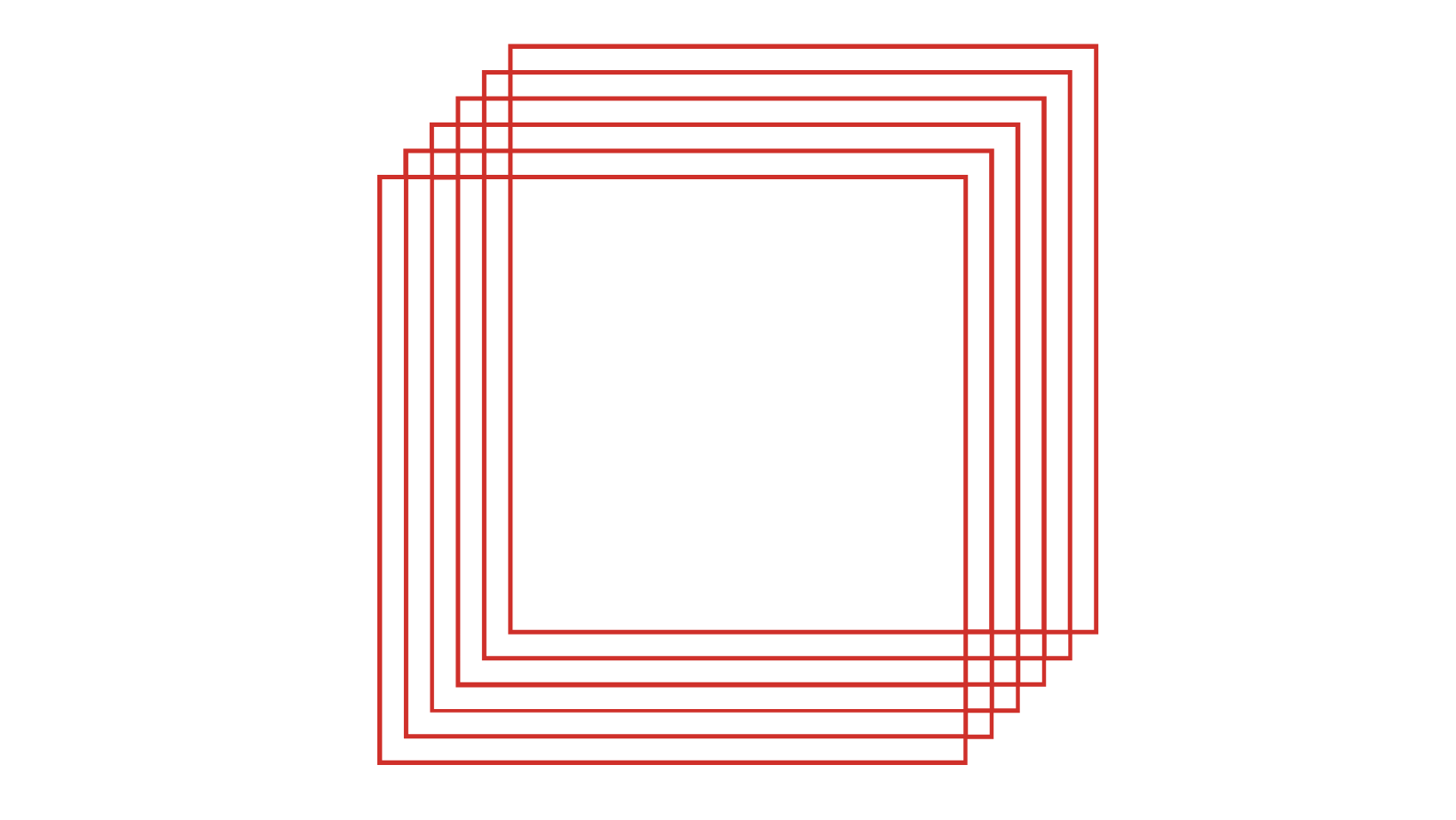Sunday 08.14.16

The Viennese Model: OHK Explores Austrian Urban Planning and Renewal
Cantilevered over the River Wien, the Wientalterrasse Pilgrimgasse park creates an urban oasis in the midst of a historic but underutilized river frontage. Photo © OHK Consultants
OHK concluded a two-week fact-finding mission to Vienna, where they met with leading Austrian urban planners and thinkers who have been instrumental in the regeneration of historic Vienna. This mission was the latest installment in OHK’s ongoing applied research program on urban planning and regeneration best practices from around the globe and coincided with a recently awarded assignment to develop an urban regeneration strategy for Cairo’s Khedivial Downtown. Silja Tillner, principal at Tillner & Willinger, a prominent Viennese design firm and partner to OHK in its ongoing Cairo rehabilitation strategy effort, joined the OHK team in many of its site visits and expert meetings.
Though Vienna and Cairo seem, at first glance, to be worlds apart, both cities have grappled with some of the same challenges in urban governance, housing affordability, and the balancing of historical preservation with economic growth. “The parallels between the cities are amazing,” noted OHK’s Ahmed Hassan. “Vienna’s Innere Stadt [the historic 1st District] is about the same area as Downtown Cairo, and has faced successive waves of emigration of residents and businesses from its center.”
OHK studied and benchmarked Vienna's urban planning history during multiple survey visits to key areas, zones, and landmark districts.
OHK’s visits and consultations spanned the spectrum of Vienna’s planning institutions and included some of its leading experts in urban planning, public housing, and urban renewal, opening up exciting venues for research and collaboration. Klaus Vatter, a veteran of the City of Vienna’s planning department and one of its most knowledgeable practitioners, shared his four decades of experience navigating “the Viennese Model” of urban planning, including planning-informed building codes, cross-cutting sectoral strategies, and a robust regulatory framework for sensitive urban renewal in historic areas. Similarly, an engagement with Dr. Bruno Maldoner from the Austrian Ministry of Culture provided a unique lens into balancing local, national, and international urban preservation priorities, particularly for Austria’s three UNESCO World Heritage-listed city centers.
Susanne Bauer of the City of Vienna’s Housing Research and Area Renewal Department shared with OHK Vienna’s “Soft Urban Renewal” program, an initiative to expand subsidized and state-owned housing through the remodeling and upgrading of existing housing stock, rather than relying purely on greenfield housing developments. Now in its 42nd year, the program has expanded from individual sites to block and district renewal and rehabilitation, further highlighting the holistic nature of the Vienna model. Inspired by a visit to wohnfonds_wien, Vienna’s agency for the financing of urban and environmental upgrades, OHK is advancing its own urban rehabilitation finance toolkit for its global assignments.
Stepping outside the conference room, the OHK team focused on studying Vienna’s most successful urban rehabilitation projects such as the Stadtbahn Revitalization project along the historic Gürtel Boulevard, a particularly powerful example of how targeted and strategic interventions that leverage existing infrastructural and historical assets can have an outsized impact on urban fabric.
The once-abandoned arches beneath the historic Stadtbahn elevated railway were converted into vibrant and well-trafficked commercial and cultural spaces. Photo © OHK Consultants.
OHK highlighted how such a planning logic can work far beyond Austria’s borders. “Rather than massive transfers of infrastructure combined with drastic new development, Vienna opted to use the Gürtel’s history as a transportation and logistics artery as a conveyance for new urban experiences. As the Gürtel winds through the city, its various adaptive reuse interventions engage with the surrounding neighborhoods to create a wonderful organic variety. It’s a model that calls into question the effectiveness of the grand and ‘transformative’ urban plans that are so common to places like Egypt, and argues for a more thoughtful and place-based approach.”
For more information about OHK’s urban rehabilitation practice, as well as its ongoing work in Cairo’s Khedivial Downtown, contact us.



